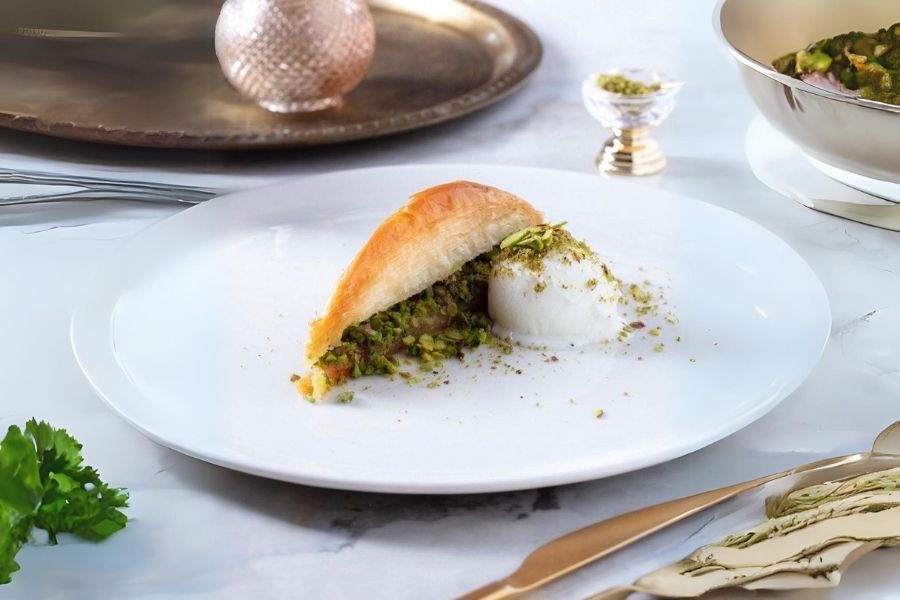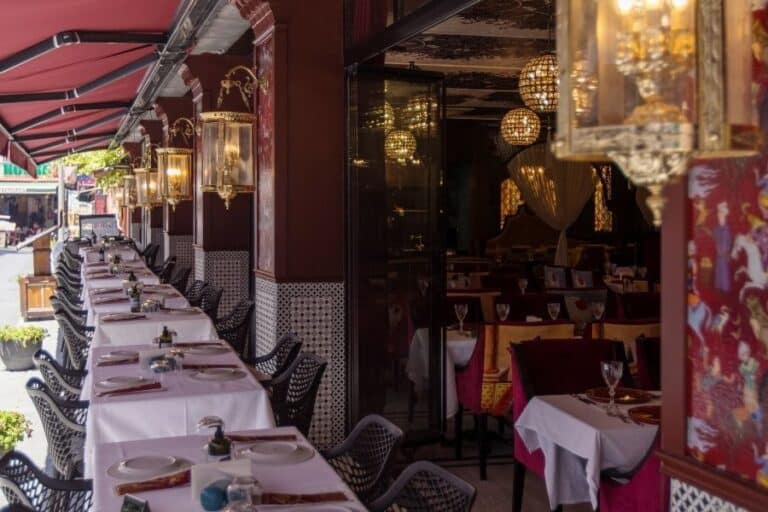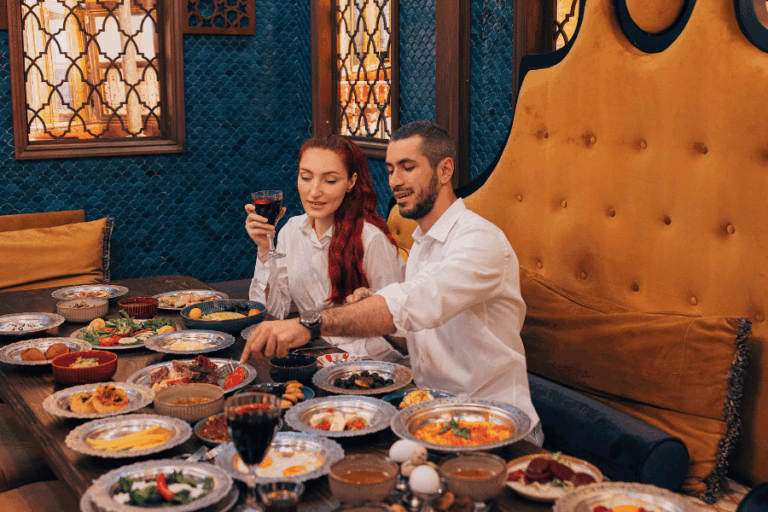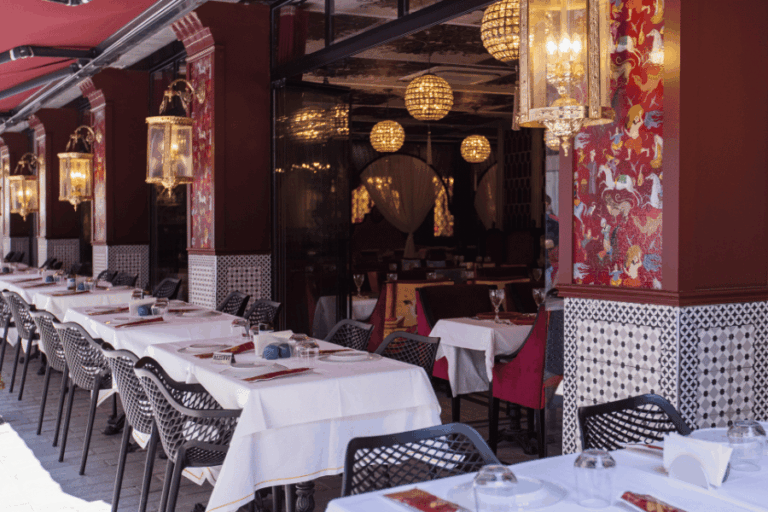Baklava has been an indispensable part of Turkish cuisine since the Ottoman Empire. This delicate and sweet delicacy has hundreds of years of history and is considered one of the most popular desserts in Ottoman palace cuisine. Traditionally prepared with phyllo dough, pistachios or walnuts and syrup, baklava has diversified over time with the influence of different cultures.
The origin of baklava is not limited to Turkey, but extends to the Middle East, Central Asia and the Balkans. This delicious dessert shows regional differences, with each culture adding its own interpretation and unique ingredients. Throughout its history, baklava has inspired the culinary arts of many civilizations and has become a popular dessert around the world. This cultural exchange has further cemented baklava’s rich and colorful place in the world of desserts.
Worldwide Fame and Popularity in Sultanahmet
Baklava has gained a worldwide reputation as one of the most popular desserts of Turkish cuisine. Sultanahmet, the historic heart of Istanbul, has become a hub for tourists wishing to experience this delicious dessert. The streets of this historic district not only offer a unique variety of baklava, but also promise visitors an unforgettable gastronomic experience. Deraliye Restaurant, in particular, takes the baklava experience to the next level by serving the best examples of traditional Turkish cuisine in the heart of Sultanahmet.
Deraliye Restaurant offers its guests not only a meal but also a cultural journey in Sultanahmet, famous for its historical and cultural richness. Carefully prepared by the restaurant’s masters, baklava is a feast of flavor, blending traditional recipes with modern touches. The baklava served at Deraliye leaves an unforgettable taste on the palate with the perfect harmony of pistachios and walnuts.
If you are ever in Sultanahmet, a visit to Deraliye Restaurant is an unmissable opportunity to fully feel the atmosphere of this historic district. Here, you can taste the best examples of the flavor heritage from the Ottoman Empire to the present day and experience the story of baklava with flavor. Baklava varieties, each prepared with a different skill, await you in Deraliye’s rich menu.
The Importance of Baklava in Turkish Cuisine
Turkish cuisine is known for its rich and varied flavors, and baklava is one of the most important representatives of this culinary culture. Special occasions, holidays and celebrations are unthinkable without baklava. For Turkish families, making and serving baklava to guests is a sign of hospitality and rich cultural heritage.
Baklava represents not only the flavor of Turkish cuisine, but also the craftsmanship and traditional art of baking. Each layer, with its skillfully rolled out phyllo dough and carefully selected ingredients, tells a flavor story from the past. This dessert also reflects the Turkish culture’s values of hospitality and generosity; served in homes, restaurants and street corners, baklava is a symbol of Turkey’s warm and friendly spirit.
Baklava Types and Taste
In Turkey, baklava is made with different recipes in different regions. Gaziantep baklava, walnut baklava, pistachio baklava and many other varieties appeal to every palate. Each layer of baklava is prepared with skill and care. This dessert is a unique work of art that appeals to both the eye and the palate.
Baklava is much more than just a dessert; it is a history, a culture and a heritage. Whether in the historic streets of Sultanahmet or in the comfort of your own home, a slice of baklava invites you into the story of many years and the taste of a rich culture.








